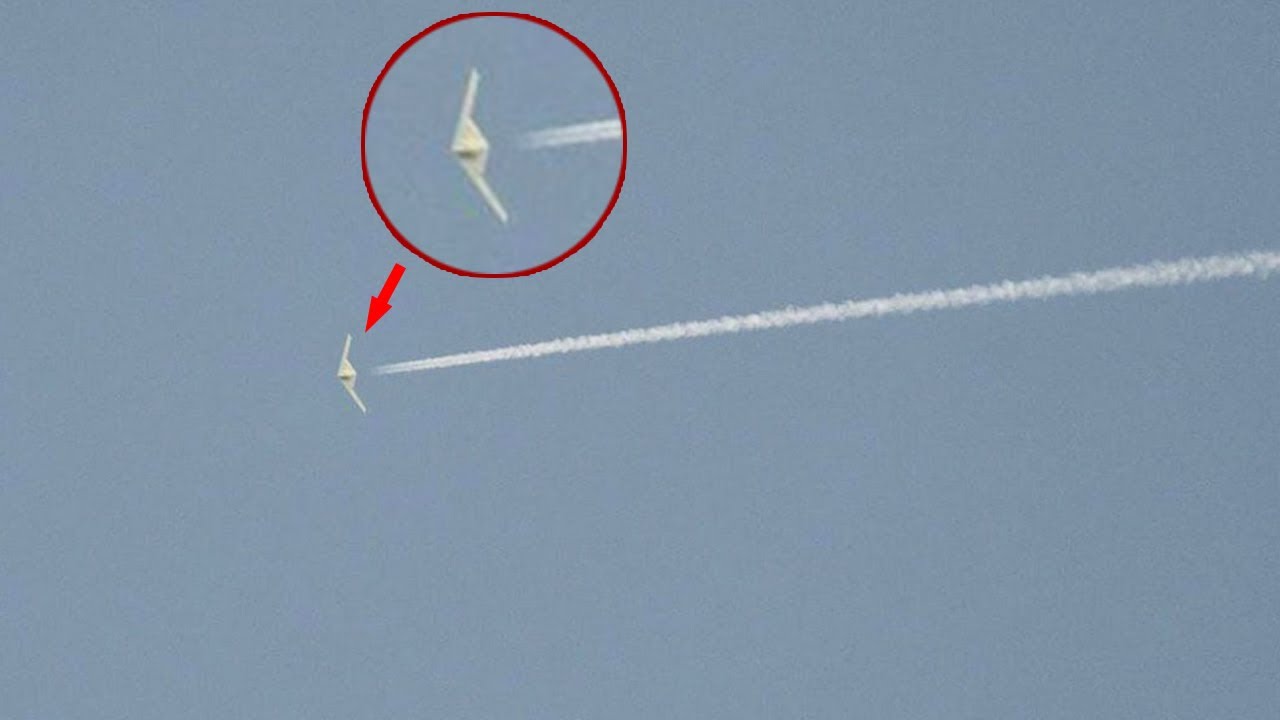RQ-180

In the realm of military aviation, the United States has long been at the forefront of innovation, constantly pushing the boundaries of technology to maintain its superiority in the skies. Among its arsenal of aerial assets, the RQ-180 stands out as a symbol of stealth, surveillance, and strategic reconnaissance. Veiled in secrecy and shrouded in speculation, the RQ-180 represents the pinnacle of American stealth technology, embodying the nation’s commitment to intelligence gathering and national defense.
Table of Contents
ToggleOrigins and Development
The origins of the RQ-180 trace back to the early 2000s when reports surfaced of a mysterious aircraft under development by Northrop Grumman, one of the leading aerospace and defense contractors in the United States. Although details were scarce, it was evident that the project aimed to fill a critical gap in the nation’s reconnaissance capabilities. As the successor to the venerable Lockheed Martin SR-71 Blackbird and the unmanned RQ-170 Sentinel, the RQ-180 was designed to operate in contested airspace, evading detection while gathering vital intelligence for military planners and decision-makers.
Stealth and Advanced Capabilities
At the heart of the RQ-180 is its stealth technology, which allows it to penetrate enemy airspace virtually undetected. With its sleek, low-observable design, the aircraft minimizes its radar cross-section, making it difficult for adversaries to track or target. This stealth capability is further enhanced by advanced sensors and electronic warfare systems, enabling the RQ-180 to operate in hostile environments with impunity.
Equipped with state-of-the-art surveillance equipment, including synthetic aperture radar (SAR) and high-resolution electro-optical/infrared (EO/IR) sensors, the RQ-180 can gather intelligence across a wide spectrum of missions. Whether conducting reconnaissance deep behind enemy lines or monitoring strategic targets from afar, the aircraft provides unparalleled situational awareness to commanders on the ground and decision-makers in Washington.
Operational Flexibility and Strategic Significance
The RQ-180 offers unparalleled operational flexibility, capable of conducting long-endurance missions at high altitudes with minimal human intervention. Unlike manned aircraft, which are limited by factors such as pilot fatigue and physiological constraints, the unmanned nature of the RQ-180 allows it to remain airborne for extended periods, providing persistent surveillance and reconnaissance coverage over critical areas of interest.
From monitoring military activities and tracking adversary movements to supporting counterterrorism operations and providing humanitarian assistance, the RQ-180 plays a pivotal role in safeguarding American interests at home and abroad. Its ability to operate covertly and gather intelligence in real-time makes it an indispensable asset for military planners and intelligence agencies, enhancing the nation’s ability to anticipate threats and respond effectively to emerging challenges.
Challenges and Controversies
Despite its impressive capabilities, the RQ-180 is not without its challenges and controversies. The program has faced scrutiny over issues such as cost overruns, schedule delays, and concerns regarding operational readiness. Moreover, questions have been raised about the aircraft’s vulnerability to emerging threats, including advanced air defense systems and anti-access/area denial (A2/AD) capabilities employed by potential adversaries.
Additionally, the secrecy surrounding the RQ-180 has fueled speculation and conspiracy theories, with some observers questioning the true nature and purpose of the aircraft. While official details remain classified, analysts and experts continue to dissect available information and satellite imagery in an attempt to unravel the mystery surrounding this enigmatic platform.
Future Prospects and Strategic Imperatives
Looking ahead, the RQ-180 is poised to play an increasingly vital role in shaping America’s military strategy and national security posture. As geopolitical tensions continue to rise and the nature of warfare evolves, the need for reliable and responsive intelligence-gathering capabilities has never been greater. In an era defined by great power competition and asymmetric threats, the RQ-180 represents a cornerstone of America’s efforts to maintain strategic advantage and preserve peace through strength.
Moreover, advancements in technology, including artificial intelligence, machine learning, and autonomous systems, are expected to further enhance the capabilities of the RQ-180 and its successors. By harnessing the power of innovation and investing in cutting-edge research and development, the United States can ensure that its reconnaissance assets remain at the forefront of technological superiority, enabling them to adapt to emerging threats and fulfill their mission in an ever-changing world.
Conclusion
The RQ-180 stands as a testament to America’s commitment to innovation, ingenuity, and excellence in the field of aerospace and defense. With its stealthy design, advanced capabilities, and operational versatility, the aircraft represents a cornerstone of the nation’s intelligence-gathering apparatus, providing critical support to military operations and strategic decision-making. As the United States navigates the challenges of the 21st century, the RQ-180 will continue to serve as a silent sentinel in the skies, ensuring that America remains vigilant, resilient, and prepared to defend its interests and uphold its values wherever they may be threatened.




